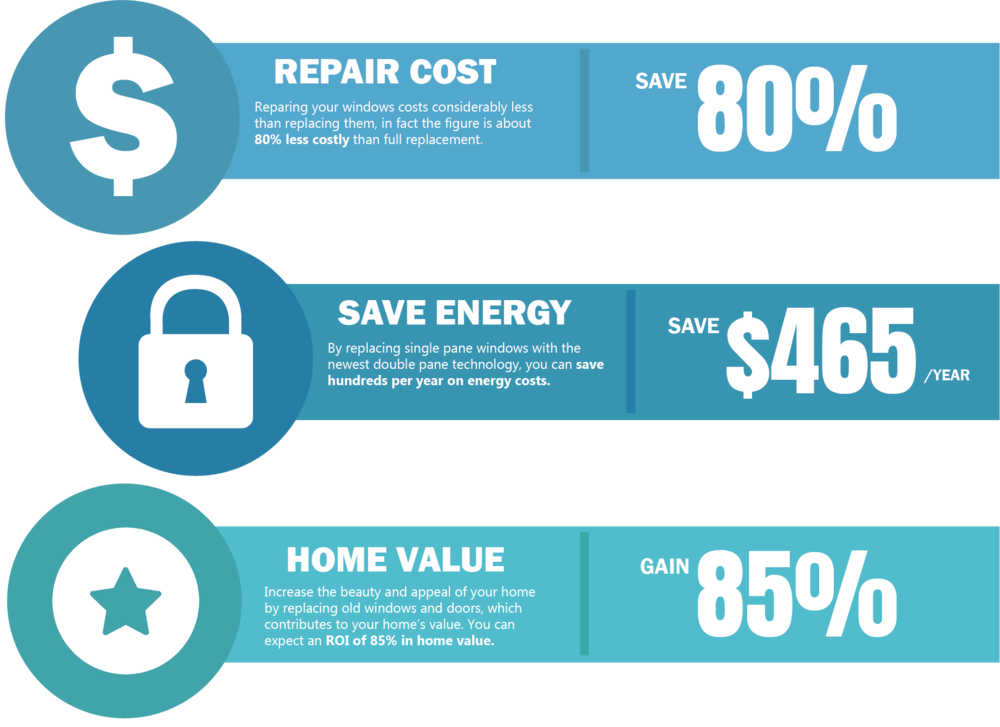The Most Effective Pressure Cleaning Techniques For Numerous Surface Areas
The Most Effective Pressure Cleaning Techniques For Numerous Surface Areas
Blog Article
Staff Writer-Wu Markussen
When it involves pressure cleaning, the technique you choose can make all the distinction in achieving a tidy, streak-free finish. You may discover that tough surface areas, like concrete, need a different strategy than softer products, such as timber or vinyl. It's vital to adapt your approaches to the surface area type to stop damages while making best use of cleansing performance. So, what are the best techniques for every surface area, and how can you ensure you're making use of the right setups and devices for the work? Allow's explore what you need to know to obtain the best outcomes.
Difficult Surfaces
When it pertains to pressure cleaning tough surface areas, prep work is key. Before you also think of pulling out the stress washing machine, take the time to clear the location of any debris, furnishings, or challenges. You do not desire anything entering your method or potentially harmful your tools.
Next, inspect the surface for any splits or damage; this will certainly assist you determine the appropriate approach and stress setups.
As soon as you have actually prepared the area, it's vital to select the best nozzle. For difficult surface areas like concrete or block, a narrow nozzle (15 or 25 levels) functions best to give a focused stream of water that can properly get rid of gunk and spots. Always start at simply click the next internet page and slowly relocate better to prevent any type of surface area damage.
As you start washing, maintain the wand moving to avoid streaks and over-saturation. It's also practical to function from the top down, permitting dust and debris to get rid of naturally.
Finally, bear in mind to rinse the surface area completely after cleaning up to get rid of any kind of leftover detergent. With these strategies, you'll attain a tidy and renewed appearance on all your difficult surface areas.
Soft Surfaces
Pressure cleaning soft surface areas requires a gentler approach to shield them from damages. Whether you're cleansing your deck, patio furniture, or siding, utilizing too much pressure can lead to dents, scratches, or perhaps irreparable damage.
Beginning by selecting a low-pressure nozzle, ideally a 25-degree or larger spray pattern, to spread the water a lot more gently.
Before you start, it's critical to pre-treat any spots with an appropriate cleansing solution. This step allows the cleaner to pass through the dirt and grime, making it simpler to remove without rubbing also hard.
Always apply window cleaning equipment near me from all-time low as much as prevent streaking.
When you start stress washing, preserve a distance of at the very least 12 to 18 inches from the surface. Relocate your stick in a sweeping motion, maintaining it parallel to the surface to stay clear of focused stress on one area.
Wash the area completely after cleaning to get rid of any recurring cleaner.
Last but not least, examine the surface for any missed out on places and duplicate the procedure if necessary. By following these actions, you can properly clean soft surface areas while maintaining their honesty and look.
Specialty Surfaces
Cleansing soft surfaces needs care, but specialized surface areas require much more focus to information. When you tackle these surface areas, like fragile timber, tarnished concrete, or particular kinds of house siding, using the ideal pressure cleaning techniques is vital to prevent damage.
Initially, evaluate the material. For example, dealt with wood can frequently withstand modest pressure, however softer woods like cedar might call for a reduced setup. Always start with the lowest stress and slowly increase if essential.
For tarnished concrete, make use of a fan spray nozzle and maintain a consistent range to stop etching the surface.
When handling surface areas like plastic siding or repainted surface areas, a wide spray pattern aids disperse the stress evenly, protecting the surface.
It's also important to use detergents particularly created for specialty surface areas. They can improve cleansing without jeopardizing the material.
Wash thoroughly after washing to get rid of any kind of deposit, as it can cause discoloration or degeneration in time.
Verdict
In conclusion, understanding stress cleaning techniques for various surfaces can make all the distinction in your cleaning outcomes. For hard surface areas, stick to slim nozzles and a top-to-bottom strategy, while soft surface areas require a gentler touch with bigger nozzles. Do not forget to pre-treat spots and rinse completely to stay clear of residue. By adapting your methods to each material, you'll not only achieve a cleaner coating yet additionally secure the integrity of your surfaces. Delighted cleaning!
